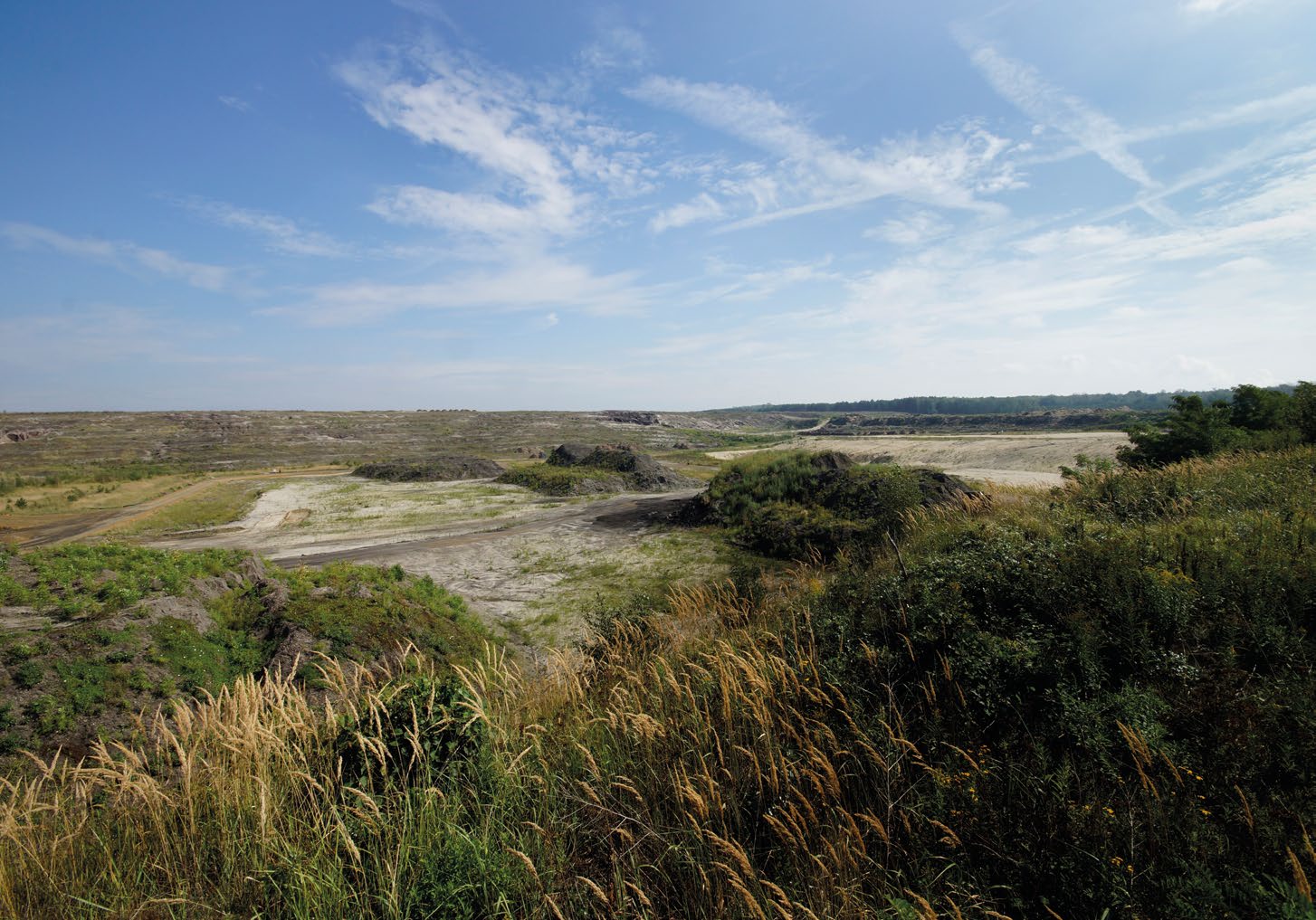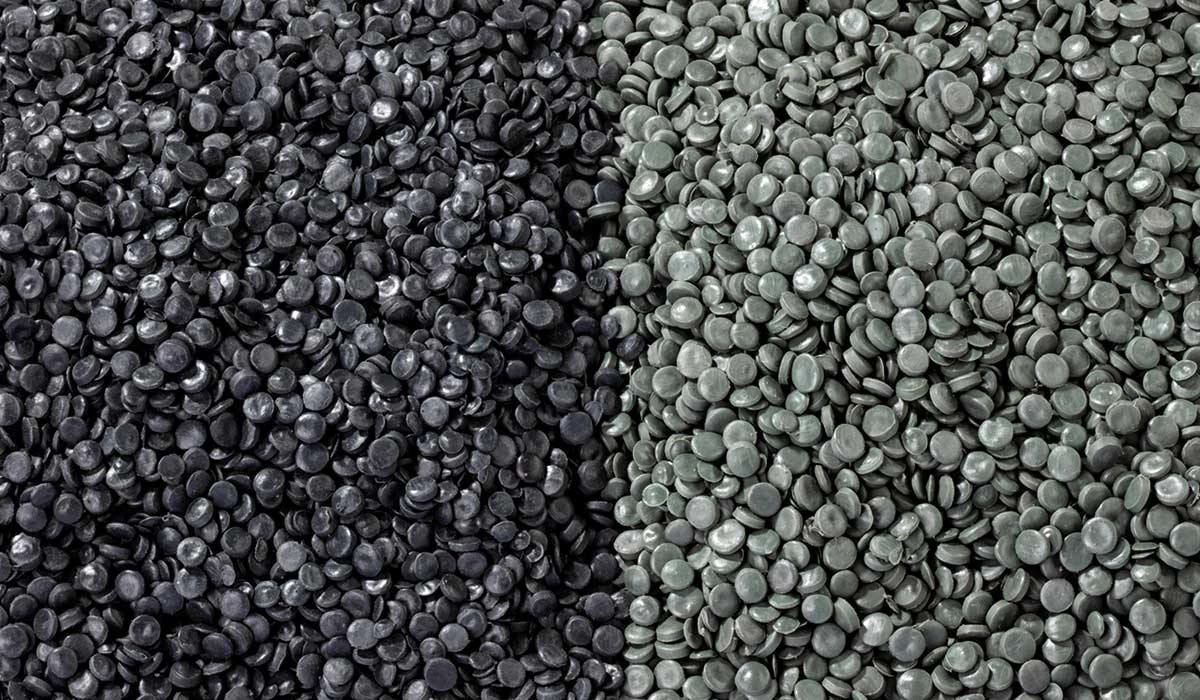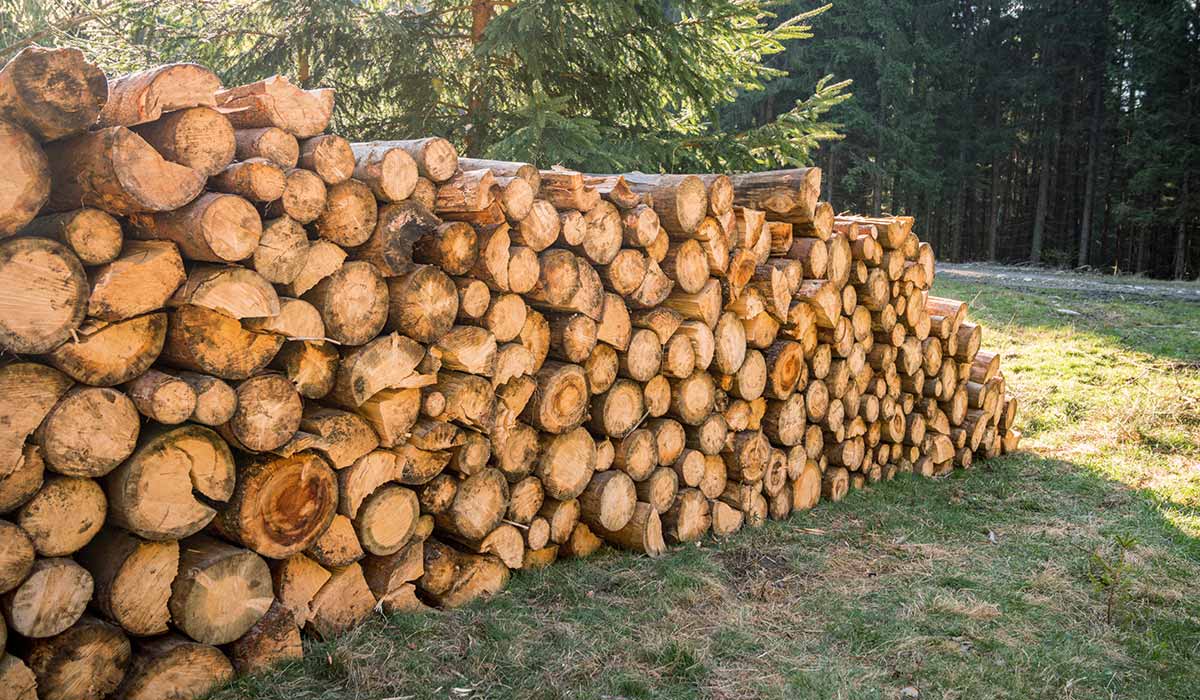
Waste wood Part 1: Processing and recovery
Waste wood processing according to today's standard
An amendment to the Waste Wood Ordinance is planned and under political discussion. But until that happens, waste wood is classified, sorted, shredded and recycled at Lobbe's state-of-the-art waste wood recycling plant in Hagen in accordance with the current waste wood ordinance.
Biomass power plants and recycling
In Germany, eight million tonnes of waste wood are recycled annually, only 1.5 million tonnes of which are recycled. "We have numerous commercial enterprises here, for example from the automotive supplier industry, which deliver waste wood," explains Christian Michalski.
The ordinance distinguishes between four waste wood classes:
- AI: natural old wood
- AII: treated waste wood (painted, lacquered, etc.)
- AIII: Waste wood with organohalogen compounds in the coating
- AIV: waste wood treated with wood preservatives
Timber harvesting in Germany
Often wood preservatives or coatings prevent waste wood from being classified as AI.
Every year, 55,000 tonnes of waste wood from industry and private households in the region are processed at Lobbe's waste wood processing plant. Around ten percent of the delivered material falls under the waste wood classes AI and AIV. The unpolluted AI wood is to be recycled as far as possible. The lion's share, 80 per cent, is made up of the waste wood classes AII and AIII. Equipped with a state-of-the-art screening plant, the waste wood processing plant in Hagen can separate the shredded waste wood into different fractions. Foils, metals and non-metals are sorted out by machine so that high-quality material with a low proportion of impurities can be offered.
Automated preparation
Lobbe's waste wood processing plant is one of the most modern facilities in Germany. The delivered wood is first subjected to a visual inspection and checked for contaminants or incorrectly declared waste wood classes. Only in the second step is the wood shredded and the contaminants separated. In the last step, the waste wood is separated into different chip sizes by sieves. Material with a diameter of less than five millimetres is screened out by the sieve mats in the screen and transferred to a so-called trough chain conveyor. From here, the fine grain is conveyed into a container. Thanks to Lobbe's modern plant, these processes take place automatically: pre-screening is already integrated into the so-called tension shaft sieve. All honeycombs - as the sieve openings are also called in technical jargon - are designed three-dimensionally. Impurities therefore do not get stuck, which makes cleaning the sieve much easier. Despite the enormous size of the screen, every area is quickly and safely accessible for maintenance and cleaning work thanks to a walk-through. Conveyor belts ensure that oversized wood enters the shredder again after the first pass and passes through the system a second time. Automation saves time and enables a higher plant throughput. Coarse, medium and fine chips can be produced for each wood fraction.
Customers in the neighbourhood
Lobbe employees take samples during each production step in the processing of AI waste wood. The samples taken in each case are collected in a specially designated container until 500 megagrams of processed AI wood have been reached. This mixed sample is then analysed - not only in Lobbe's own laboratory in Iserlohn-Letmathe, but also in external, independent laboratories. The analysis of the material serves to monitor compliance with the limit values for the respective recycling. From the warehouse in Hagen, the waste wood is distributed to various customers. "Our customers are power plants that use different types of firing. With fluidised bed firing, the customers need finer material, whereas grate firing can also be operated with coarser stocks of waste wood," explains Christian Michalski. Specific to Lobbe is the customer in the immediate vicinity: the biomass power plant in Hagen-Kabel. The power plant has official permission to thermally utilise class AIV wood that is contaminated with pollutants - due to high-quality flue gas cleaning.
Global timber trade
In practice, there are three skips for waste wood at commercial enterprises. Untreated AI wood, wood with harmful halogens and waste wood with dangerous residual adhesions, sometimes with high levels of wood preservatives (AIV). Up to now, the recycling of waste wood of classes AI to AII has been around ten per cent, for example into chipboard. The remaining, more polluted wood ended up in biomass power plants. If a suitable customer is available, biomass power plants supply process heat to industrial plants located in the immediate vicinity. The main focus of the amendment to the Alholz Ordinance is to bring more wood of the waste wood classes AI and AII back into the material cycle instead of recycling it thermally. We will report on this in the next issue of TatSachen.

